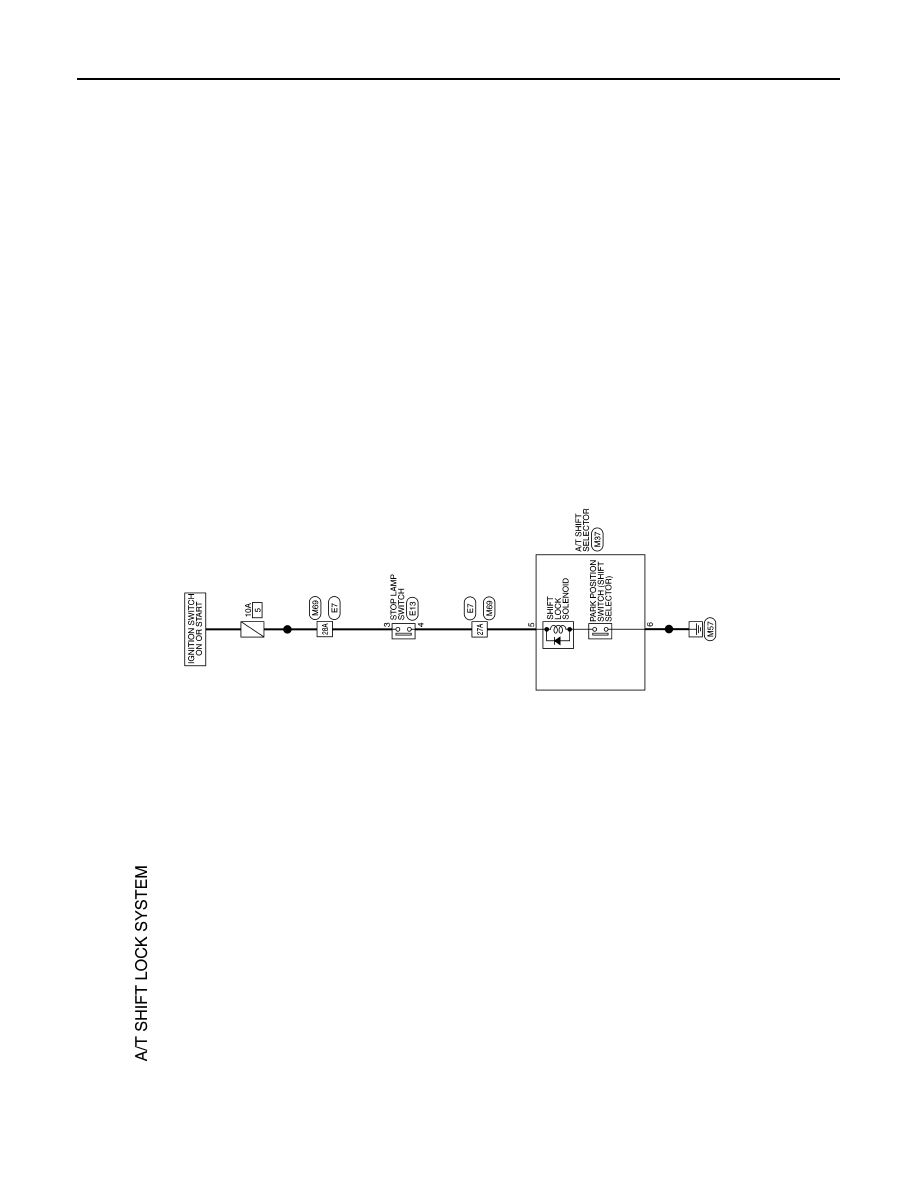Nissan Versa Sedan. Instruction - part 803

TM-118
< WIRING DIAGRAM >
[4AT: RE4F03C]
A/T SHIFT LOCK SYSTEM
A/T SHIFT LOCK SYSTEM
Wiring Diagram
INFOID:0000000009267870
ABDWA0671GB
|
|
|

TM-118 < WIRING DIAGRAM > [4AT: RE4F03C] A/T SHIFT LOCK SYSTEM A/T SHIFT LOCK SYSTEM Wiring Diagram INFOID:0000000009267870 ABDWA0671GB |